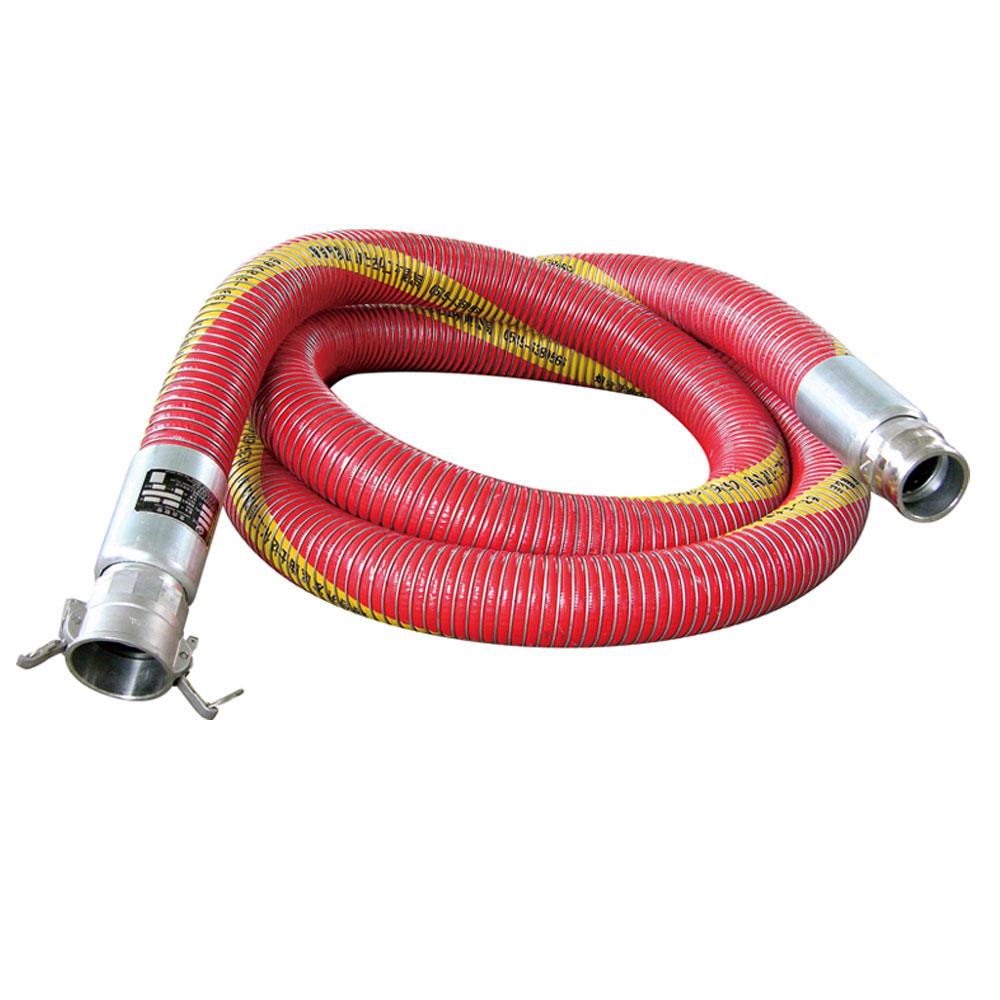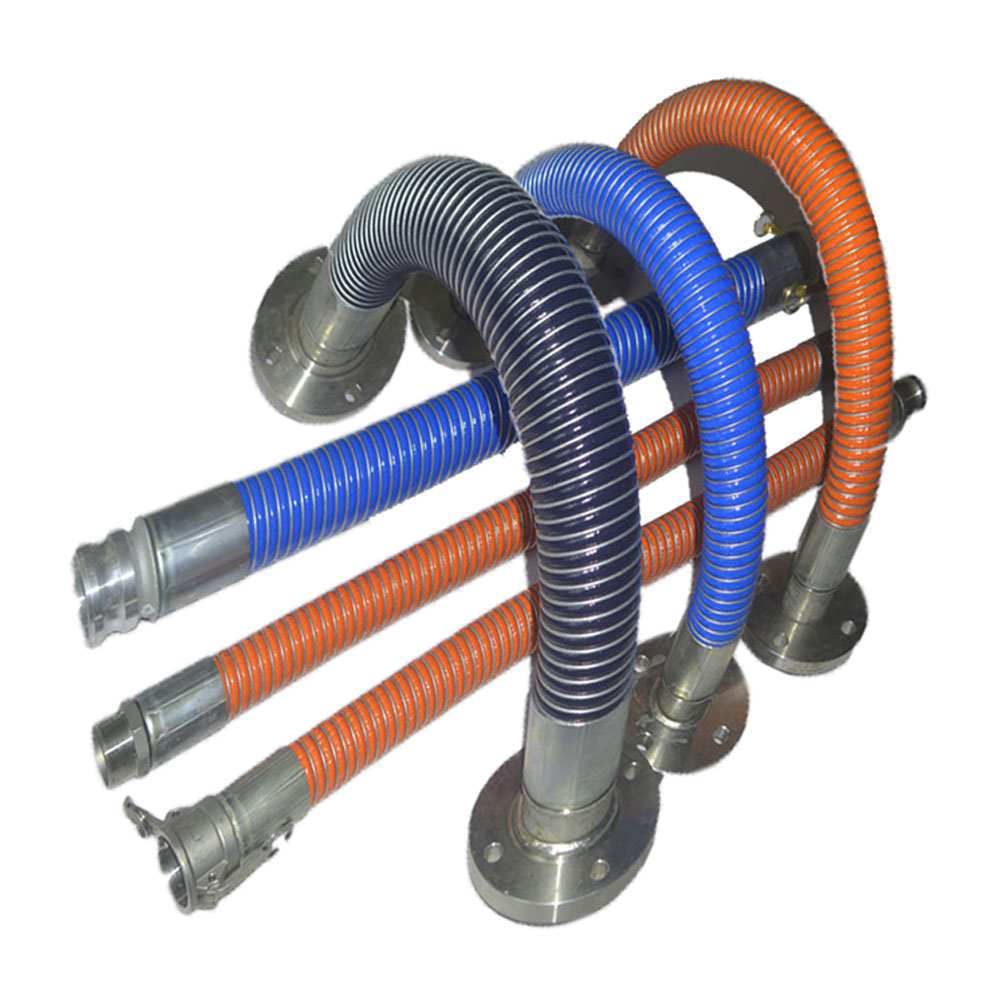Composite hoses are a type of hose that is often used in industrial production, but do you know the history of composite hoses? As a professional composite hose manufacturer, I will give you a detailed introduction to the development process of composite hoses.

Since the French used tin to make the first packaging paint hose in 1840, the tin-lead tube appeared in the first war and the aluminum tube appeared in 1948. In the past, the traditional soft metal for hose packaging, such as tin, lead, aluminum, etc., metal has the disadvantage of being non-corrosive and heavy. Recently, it has gradually been replaced by plastic hoses. In 1950, Switzerland invented a plastic hose made of LDPE. Because of the hose made of a single plastic, the penetration resistance is weak, which is not suitable for the packaging of contents with good air tightness.
In the 1960s, a composite hose composed of a variety of materials appeared in the world. The composite hose combines the advantages of both metal and plastic, and has good barrier properties, corrosion resistance and crack resistance. And it is very popular because it is low in cost and beautiful in appearance. China has been developing plastic composite hoses since 1972. In the past 30 years, it has developed rapidly and introduced a number of plastic composite hose production lines. The current annual production capacity is 1.5 billion composite hoses.

Composite hoses began to be used for industrial fluid transfer in the 1990s. The composite hose is made of a multi-layer, multi-layer sealing structure. It is still resistant to cracking and leakage in the harshest environments. It does not burst suddenly and can easily handle gasoline, diesel, crude oil, and various chemical liquids. Transmission work, even in cold weather, can maintain high flexibility. Composite hoses have broken the limitations of the original hoses and are now more widely used.





